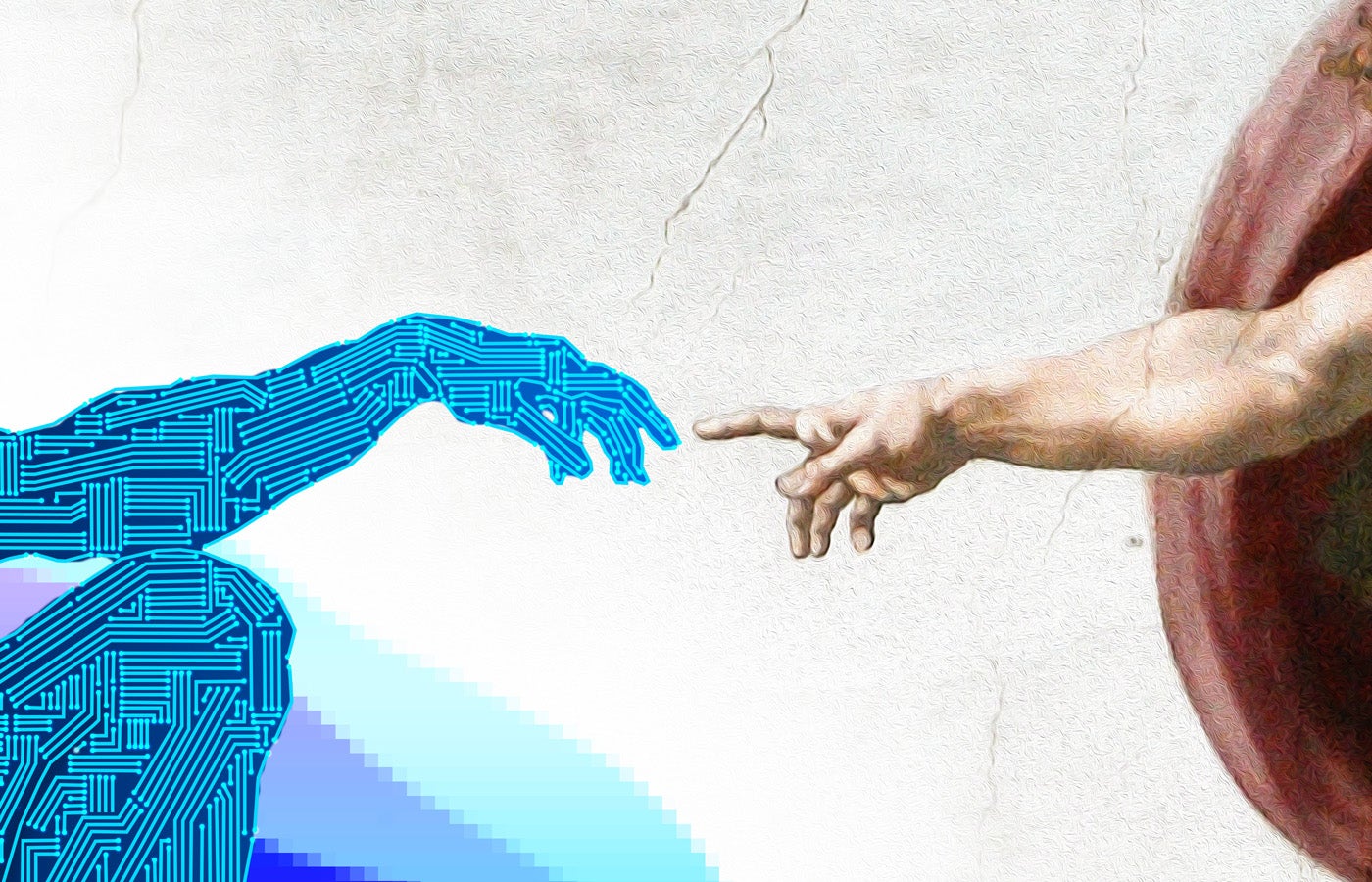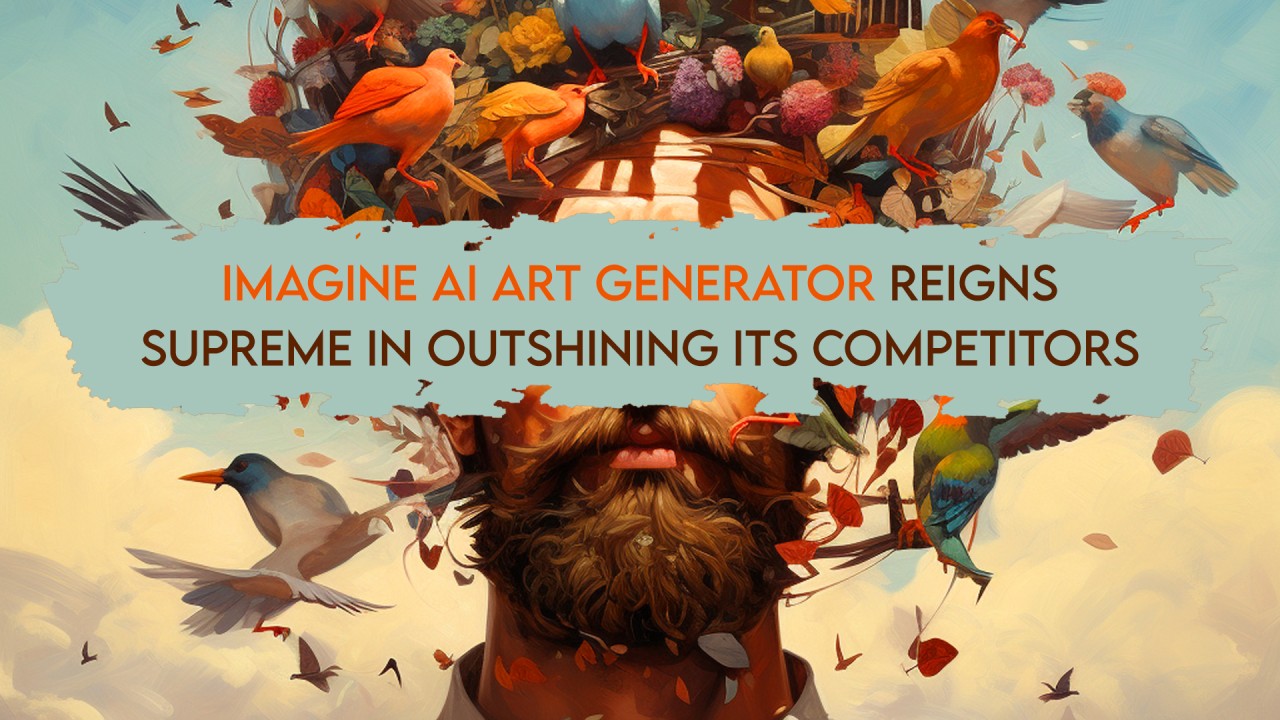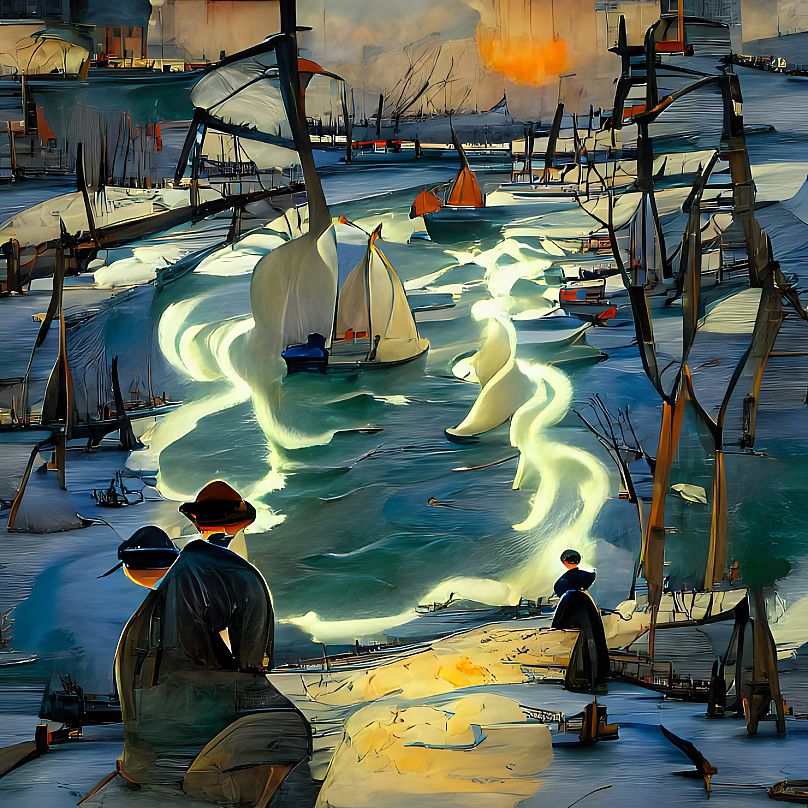
AI art production is a controversial topic that has sparked debates among artists, critics, and the general public. Some see AI as a powerful tool that can enhance human creativity and generate novel and original works of art. Others view AI as a threat that can undermine the value and meaning of human art and creativity. In this article, I will examine some of the arguments for and against AI art production, and offer my own perspective on this issue.
One of the main arguments in favor of AI art production is that it can expand the possibilities of artistic expression and exploration. AI can create images, music, text, and other forms of art that humans may not be able to imagine or produce on their own. AI can also learn from large datasets of existing art and generate new variations, combinations, and styles that can inspire human artists. For example, Dall-E 2, an AI image generator developed by OpenAI, can produce realistic and surreal images based on any text prompt, such as “a sea otter in the style of Girl with a Pearl Earring” or “Gollum from The Lord of the Rings feasting on a slice of watermelon” 1. Some of these images can be considered as artistic and creative, and may even evoke emotions and meanings in the viewers.

Another argument in favor of AI art production is that it can democratize the access and participation in art and culture. AI can lower the barriers of entry and cost for creating and consuming art, and allow more people to express themselves and enjoy art. AI can also enable collaboration and interaction between human and machine artists, and foster new forms of art and culture. For instance, Midjourney, an AI art platform, allows users to create and share AI-generated images using text prompts, and also edit, remix, and comment on other users’ creations 2. Midjourney claims that its mission is to “empower anyone to create and explore art” and that it is “building a community of creators who are passionate about AI and art” 2.
However, not everyone is enthusiastic about AI art production. Some of the main arguments against it are that it can diminish the quality and authenticity of art and creativity. AI can produce art that is superficial, derivative, and lacking in originality and intention. AI can also copy and exploit the work of human artists without their consent and recognition, and violate their intellectual property rights. For example, some AI art generators, such as Deep Dream Generator and Stable Diffusion, rely on databases of already existing art and text to create images from prompts 3. These databases may contain pirated or licensed images that belong to other artists, and the AI may not properly credit or compensate them. Some human artists, such as children’s illustrators, have expressed their concerns and frustrations about the legality and ethics of AI art generators, and launched an online campaign called #NotoAIArt 3.
Another argument against AI art production is that it can devalue and replace the role and skill of human artists and creatives. AI can generate art faster, cheaper, and more efficiently than humans, and may outperform and outsmart them in some tasks and domains. AI can also automate and standardize the process and outcome of art production, and reduce the need and demand for human art and creativity. For example, some AI tools, such as GPT-3, Imagen Video, and Lensa, can generate text, video, and audio content that can be used for various purposes, such as journalism, education, entertainment, and marketing 4. Some critics have predicted that AI will eventually eliminate creative jobs, undermine human creativity, and erode the cultural and social value of art 4.
My own view on AI art production is that it is neither a blessing nor a curse, but rather a challenge and an opportunity for human art and creativity. I think that AI can be a useful and powerful tool that can augment and complement human art and creativity, but not replace or surpass it. I think that AI can create art that is impressive and interesting, but not meaningful and expressive. I think that AI can learn from and collaborate with human artists, but not imitate or compete with them. I think that AI can democratize and diversify art and culture, but not trivialize or homogenize them.
Therefore, I think that the key to AI art production is not to reject or embrace it, but to regulate and integrate it. I think that we need to establish clear and fair rules and standards for the use and development of AI art tools, and protect the rights and interests of human artists and consumers. I think that we need to educate and empower human artists and creatives to use AI art tools effectively and responsibly, and enhance their skills and talents. I think that we need to appreciate and celebrate the diversity and uniqueness of human and machine art, and foster a culture of mutual respect and collaboration. I think that we need to recognize and embrace the potential and limitations of AI art production, and explore its implications and possibilities for the future of art and creativity.
source:
https://www.techradar.com/features/best-ai-art-generators-compared
https://picsart.com/ai-art-generator
If it wasn’t created by a human artist, is it still art?
GOOGLE BARD AI






